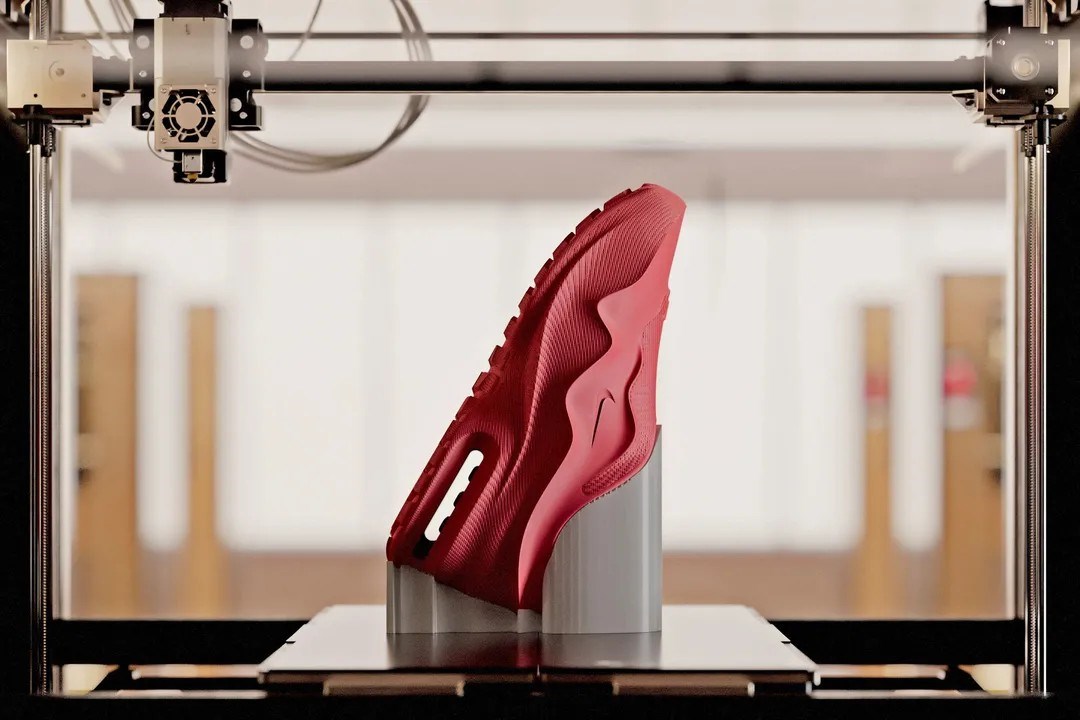
See Full Size
The Air Max 1000 was first released in 1987 and featured a heel. airbag It continues the design approach of the Air Max 1. Although this airbag was not produced by 3D printing, the rest of the shoe as a whole was produced by 3D printing with a flexible material.
Materials of different densities were used
By using layers of varying densities and textures, the Air Max 1000 is built to be sturdy and supportive in its sole, while its uppers are more flexible. In this way, shoes It can be easily put on and taken off without the need for laces.
With the use of 3D printing, Nike has achieved improvements that were not possible with traditional methods. It has become possible to apply complex patterns to shoes. states. At the event, Nike showcased the Air Max 1000 initially in a solid bright red colorway. He then revealed additional colors for the shoe, including orange, white, blue and black, as well as green airbags. shoes for now Limited edition of 1000 pieces It will be on sale, but the price is not yet known.
Nike did not use the 3D printing method for the first time on the Air Max 1000. The company introduced a lighter and more breathable fabric material produced using this method in 2017 VaporFly Elite FlyprintHe had launched . Adidas Other companies such as also have 3D printed models. Recently introduced by Adidas Climacool24 The model was also produced entirely by 3D printing.
Source
https://about.nike.com/en/newsroom/releases/nike-sneaker-culture-complexcon
https://www.theverge.com/2024/11/18/24299479/nike-air-max-1000-3d-printed-shoe-zellerfeld-collab
This news our mobile application Download using
You can read it whenever you want (even offline):




